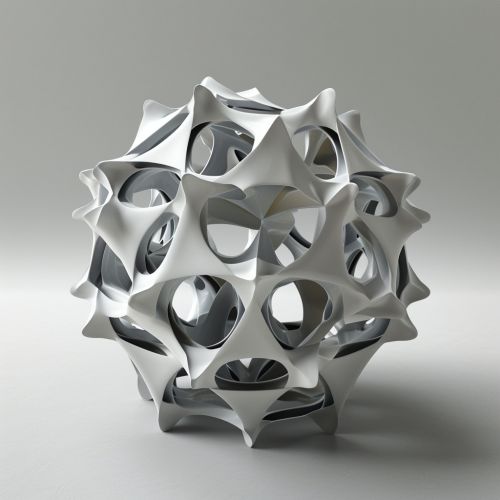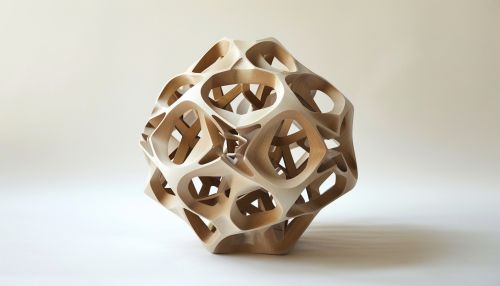Geometric Topology
Introduction
Geometric topology is a branch of topology that primarily focuses on low-dimensional topology, including dimensions 0, 1, 2, and 3. It is a field of mathematics that studies the properties of spaces that are preserved under continuous deformations, such as stretching and bending, but not tearing or gluing.


History
The field of geometric topology has its roots in the early 20th century, with the work of mathematicians such as Poincaré, Alexander, and Dehn. These pioneers laid the groundwork for the study of topological spaces and their transformations.
Fundamental Concepts
Topological Spaces
A topological space is a set endowed with a structure, called a topology, which allows defining continuous deformation of subspaces, and, more generally, all types of continuity.
Homeomorphism
A key concept in geometric topology is homeomorphism. Two topological spaces are said to be homeomorphic if there exists a continuous function mapping one into the other, which has a continuous inverse function.
Manifolds
Manifolds are a central object of study in geometric topology. A manifold is a topological space that near each point resembles Euclidean space. The dimension of the manifold is the dimension of the Euclidean space it resembles.
Homotopy
Homotopy is another fundamental concept in geometric topology. It is a continuous transformation from one function to another. Two functions are said to be homotopic if one can be continuously deformed into the other.
Low-Dimensional Topology
Low-dimensional topology is a branch of geometric topology which studies manifolds of four or fewer dimensions. This includes point-set topology (0-dimensional), graph theory (1-dimensional), and knot theory (3-dimensional).
Point-Set Topology
Point-set topology, also known as set-theoretic topology or general topology, is the branch of topology that studies the basic set-theoretic definitions and constructions used in topology. It is the foundation of most other branches of topology, including differential topology, geometric topology, and algebraic topology.
Graph Theory
Graph theory is the study of graphs, mathematical structures used to model pairwise relations between objects. In the context of geometric topology, graphs are often used to represent one-dimensional manifolds.
Knot Theory
Knot theory is the study of mathematical knots. While inspired by knots which appear in daily life in shoelaces and rope, a mathematician's knot differs in that the ends are joined together so that it cannot be undone.
High-Dimensional Topology
High-dimensional topology refers to the branch of topology dealing with manifolds of dimension 5 and above. It is a more recent field of study than low-dimensional topology.
Applications
Geometric topology has applications in several areas of mathematics, as well as in physics and engineering. For example, it is used in string theory in physics, and in the study of DNA and other biological structures in biology.
